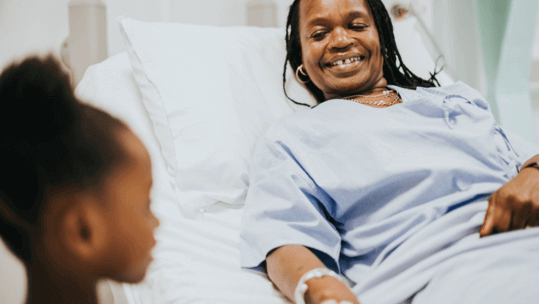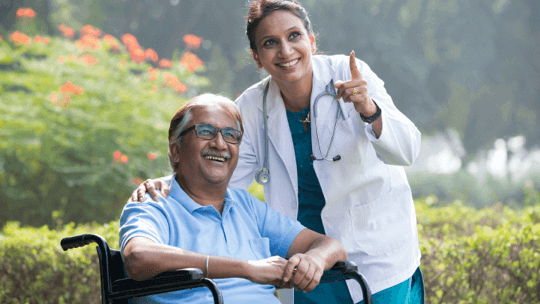Deep Vein Thrombosis
What is Deep Vein Thrombosis?
Deep vein thrombosis (DVT) is a blood clot that forms in the deep veins in the body. Blood clots occur if there are changes to blood flow, changes that make the blood more coagulated or when there is damage to the blood vessel wall such as with surgery. Most deep vein blood clots occur in the lower leg or thigh, however, they can also occur in other parts of the body such as the arms or neck or brain or abdomen.
A blood clot in a deep vein can break off and travel through the bloodstream. The loose clot is called an embolus. It can travel to an artery in the lungs and block blood flow in the lungs which can put pressure on the heart. This condition is called pulmonary embolism (PE) and can be a very serious condition. Remember this simple equation: DVT + PE = VTE.
Deep Vein Thrombosis (DVT) Signs and Symptoms
A DVT can cause pain, redness and swelling. Many people say that it feels like they have pulled a muscle in their leg, which doesn’t get better. A DVT usually present without any or minimal symptoms, the main symptom being unexplained pain in the muscle. Be proactive. If you experience a sign or symptom, regardless of if you have any risk factors, contact your healthcare professional immediately. To learn about the signs and symptoms of DVT, click below.





